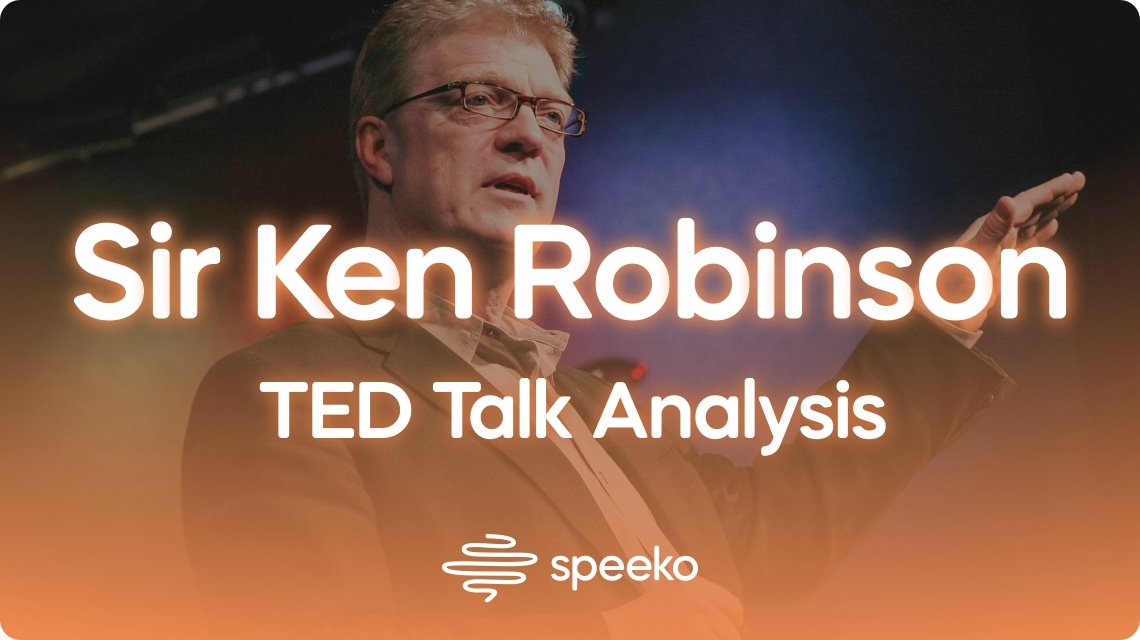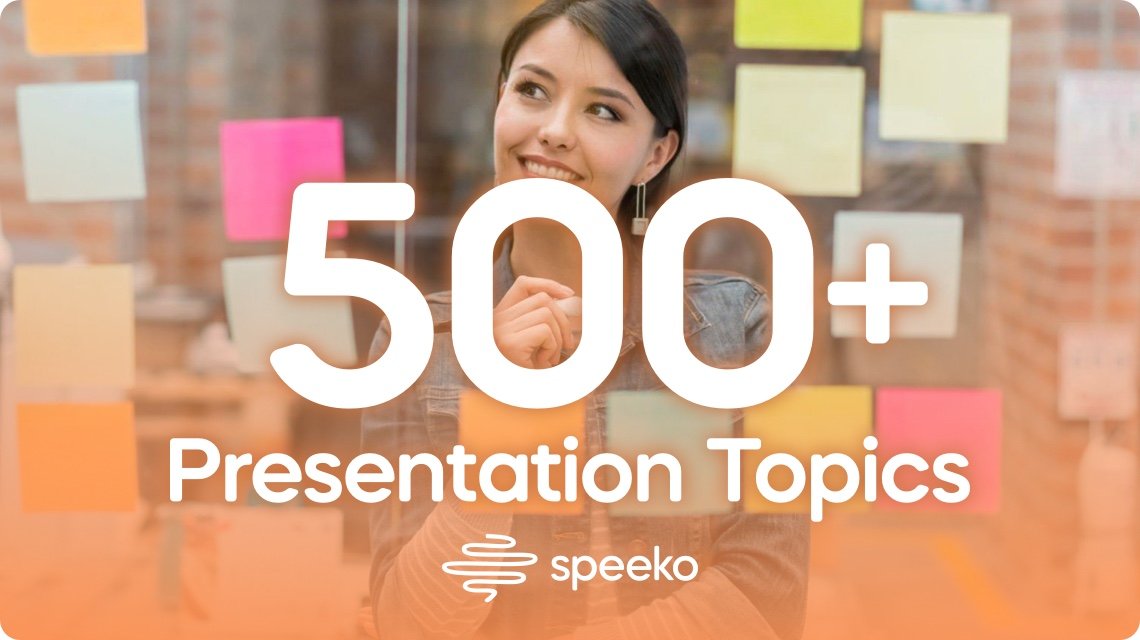Why Did Ken Robinson’s TED Talk Made an Impact?
In Sir Ken Robinson’s TED Talk “Do schools kill creativity?” (TED 2006), he argues that schools often prioritize academic and intellectual achievement at the expense of other forms of intelligence, such as artistry or musicality. He also suggests that the rigid structure and standardization of education can discourage risk-taking and experimentation—essential components of creativity.
Speech outline
Theme: How traditional schooling stifles creativity and needs to be reformed
Opening: Robinson references events that took place earlier in the TED event. Specifically, he mentions a girl who gave a TED Talk and expertly weaves it into his topic: “Sirena last night was a marvel, wasn’t she? [...] All kids have tremendous talents. And we squander them, pretty ruthlessly.” He then shares two humorous stories: a young girl drawing a picture of God and a boy who misconstrues a small detail in a Christmas play.
Key Idea 1: The education system prioritizes academic subjects like math and science while neglecting creative and artistic pursuits (i.e., the “hierarchy of subjects”).
Key Idea 2: This narrow focus ignores the diversity of intelligence, which can alienate students with different talents and strengths, leading to disengagement and underachievement.
Key Idea 3: Foster creativity and curiosity in children, not only for their personal development but also for the betterment of society.
Closing: Robinson quotes Al Gore and Jonas Salk to convey the value of creativity as a critical component of human achievement. He ends on a hopeful note, urging parents, teachers, and policymakers to work together to create a more inclusive and empowering education system for future generations.
Public speaking techniques
Storytelling: Robinson shares many anecdotes, including the story of a successful dancer who has had a powerful cultural influence to support his last key idea. These stories help ground his ideas and helps his audience build a strong emotional connection to the topic.
Humor: Robinson tells stories with unexpected punchlines, which adds an element of surprise throughout his talk.
Pauses: Robinson understands how pauses can help him command the room as a speaker. Pauses create a nice tension throughout his talk. The audience is constantly anticipating what he has to say next.
A.I. analysis of Ken Robinson’s speaking style. Get feedback on your own speaking style with Speeko.
“If you’re not prepared to be wrong, you’ll never come up with anything original.”
Why is this TED Talk important and relevant?
Sir Ken Robinson gave one of the very first TED Talks ever in 2006. Since then, the video has been viewed almost 100 million times. The RSA Animate’s animated adaptation of his talk has been viewed an additional 17 million times. It’s a thought-provoking and entertaining examination of the education system and its impact on our children’s creative potential.
Robinson (1950-2020) was a renowned British educator, author, and speaker who advocated for transforming education to help students thrive in the 21st century by fostering creativity and innovation. His professional work has had a significant impact on education reform worldwide. He worked with governments and educations systems in Europe, Asia, and the United States, as well as with international agencies, Fortune 500 companies, and leading cultural organizations. His 2009 book “The Element: How Finding Your Passion Changes Everything” became a New York Times bestseller. In 2003, he was knighted by Queen Elizabeth II to recognize his services to the arts.
Creativity in today’s world
The message from Robinson’s TED Talk still resonates with us today, especially as we’re witnessing generational shifts in technology and culture.
We have the rise of artificial intelligence, and we also have influencers and content creators taking over. And it has everyone asking one big question: Just how necessary are creative skills in this day and age?
Now, some people are saying ChatGPT and DALL-E are coming for our jobs, especially the work of people who are highly valued for their creativity: writers, marketers, and designers. So, what does that mean for the value of creative skills in a world dominated by AI? That’s a question we’re all grappling with.
But on the flip side, being an influencer or content creator has never been more lucrative, and it doesn’t require a degree from an Ivy League school. It all comes down to one thing: creativity. Creative skills reign supreme in a world where influencers and content creators hold power. As one YouTuber commented: “[Robinson’s] words were spot on. In a world of youtubers, digital creators and meme makers, you actually don’t need a degree in, you need creativity.”
The art of storytelling
Perhaps one strength of Ken Robinson’s talk that captivates audiences is the quality of his storytelling.
For instance, study the way he delivers one of the stories in his opening:
I heard a great story recently—I love telling it—of a little girl who was in a drawing lesson. She was six and she was at the back, drawing, and the teacher said this little girl hardly ever paid attention, and in this drawing lesson she did. The teacher was fascinated and she went over to her and she said, “What are you drawing?” And the girl said, “I’m drawing a picture of God.”
What’s really striking about Robinson’s speaking style is his ability to speak in a way that makes you feel like you’re having an intimate dinner conversation with him. You feel like he’s a friend who wants to share a funny story with you.
Now take a look at Robinson’s other story:
When my son was four in England—actually he was four everywhere, to be honest. If we’re being strict about it, wherever he went, he was four that year. [...] He was in the Nativity play. Do you remember the story? No, it was big. It was a big story. Mel Gibson did the sequel. You may have seen it: “Nativity II.” But James got the part of Joseph, which we were thrilled about. We considered this to be one of the lead parts. We had the place crammed full of agents in T-shirts: “James Robinson IS Joseph!” He didn’t have to speak, but you know the bit where the three kings come in. They come in bearing gifts, and they bring gold, frankincense and myrrh. [...] Anyway, the three boys came in—four-year-olds with tea towels on their heads—and they put these boxes down, and the first boy said, “I bring you gold.” And the second boy said, “I bring you myrrh.” And the third boy said, “Frank sent this.”
The level of detail Robinson includes in his story is phenomenal. You can picture his family dynamics, the tea towels, the T-shirts. You can see the three kings in the Nativity play, and you can even hear them saying their lines. Robinson taps into universal experiences, character archetypes, and the humor of everyday life. And this is the real magic of storytelling—being relatable.
The punchlines of his stories are a consistent surprise throughout his talk. As you listen to his talk, you start becoming familiar with his speaking style and his love for telling stories with funny and endearing endings. It’s a masterclass in balancing predictability with suspense, which keeps the audience engaged for all 20 minutes of the presentation.
Storytelling is one of the most effective public speaking techniques you can master. It can make even the driest topic plenty more palatable. Stories are inherently emotional, and we, as humans, have evolved to gravitate to stories and learn from them.
Now think about that next presentation you may give. When it comes to delivering a presentation, it’s not just about the numbers and the data. It’s about engaging your audience with a compelling story that resonates with them. You see, storytelling is a powerful tool that can capture people’s attention and leave a lasting impact. It’s what sets successful presentations apart from forgettable ones. So, as you prepare for your next presentation, ask yourself, “What story can I tell?”
So, go ahead, tell your story, and watch your audience come alive.
👉 Check out the full list of the most popular TED Talks all time.
Bonus talk
Robinson returns to the stage to urge audiences to pursue their passions in life.
Sir Ken Robinson, “Finding your element” (American Public Television 2019)
Download Speeko (iOS/macOS) to practice and get A.I. feedback on your presentation.
Speeko for TED Talks
Tap into the power of A.I. coaching to unleash your full speaking potential. Use Speeko to prepare, write, and organize your TED Talk. From gathering your stories to using humor, you’ll strengthen your skills and receive invaluable feedback on key areas of your speaking style.







